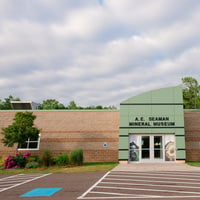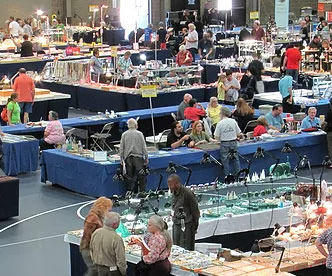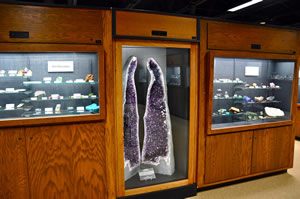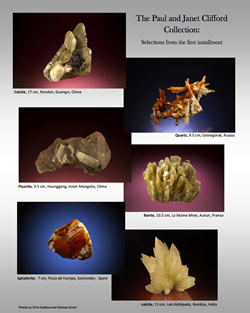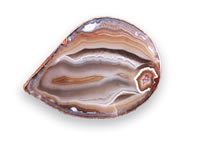Michigan Tech Provost and Vice President for Academic Affairs Jacqueline Huntoon was interviewed for the article “The Importance of Teaching Earth Science,” reprinted in teachmag.com. The article originally appeared in the Jan./Feb. 2018 edition of TEACH Magazine.
The Importance Of Teaching Earth Science
Earth science has long been the poor cousin of STEM programs. It takes a back seat to technology and even among the straight sciences, rocks and rivers get short shrift alongside the physical sciences—properties of matter, motion, gravity.
“A lot of the topics that are part of an earth science curriculum are relevant to a person’s daily life,” said Jacqueline Huntoon, provost at Michigan Technological University. She has been helping to develop the new middle school science curriculum Mi-STAR, for Michigan Science Teaching and Assessment Reform.
Her approach relies heavily on hands-on experience.
“In the past students would be asked to memorize 50 different minerals or some set of chemical formulas. That’s not really intriguing or interesting to every kid on the block,” she said. “We like to start with something tangible and concrete, so that all the students can have a shared experience. We’ll look at those ‘helicopter’ seed pods, for example. When you drop them, they spin. Why do they spin? You can make a model of that. You get the kids to figure out as of much of this on their own, with the teacher as a guide, before you start lecturing about the concepts.”
Read more at TEACH Magazine, by Adam Stone.
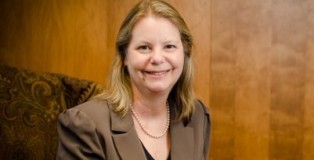
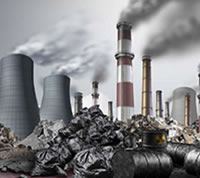
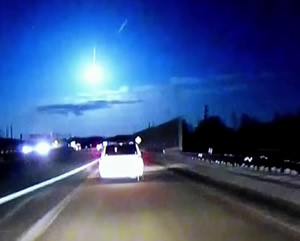
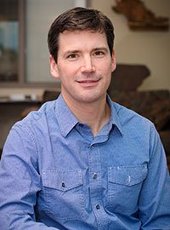

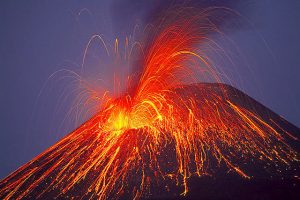 Chemistry Rocks!, a day of fun and learning, takes place from 11 a.m. to 2 p.m. Saturday (Nov. 11, 2017) in the Forestry Building atrium. Participants can:
Chemistry Rocks!, a day of fun and learning, takes place from 11 a.m. to 2 p.m. Saturday (Nov. 11, 2017) in the Forestry Building atrium. Participants can: